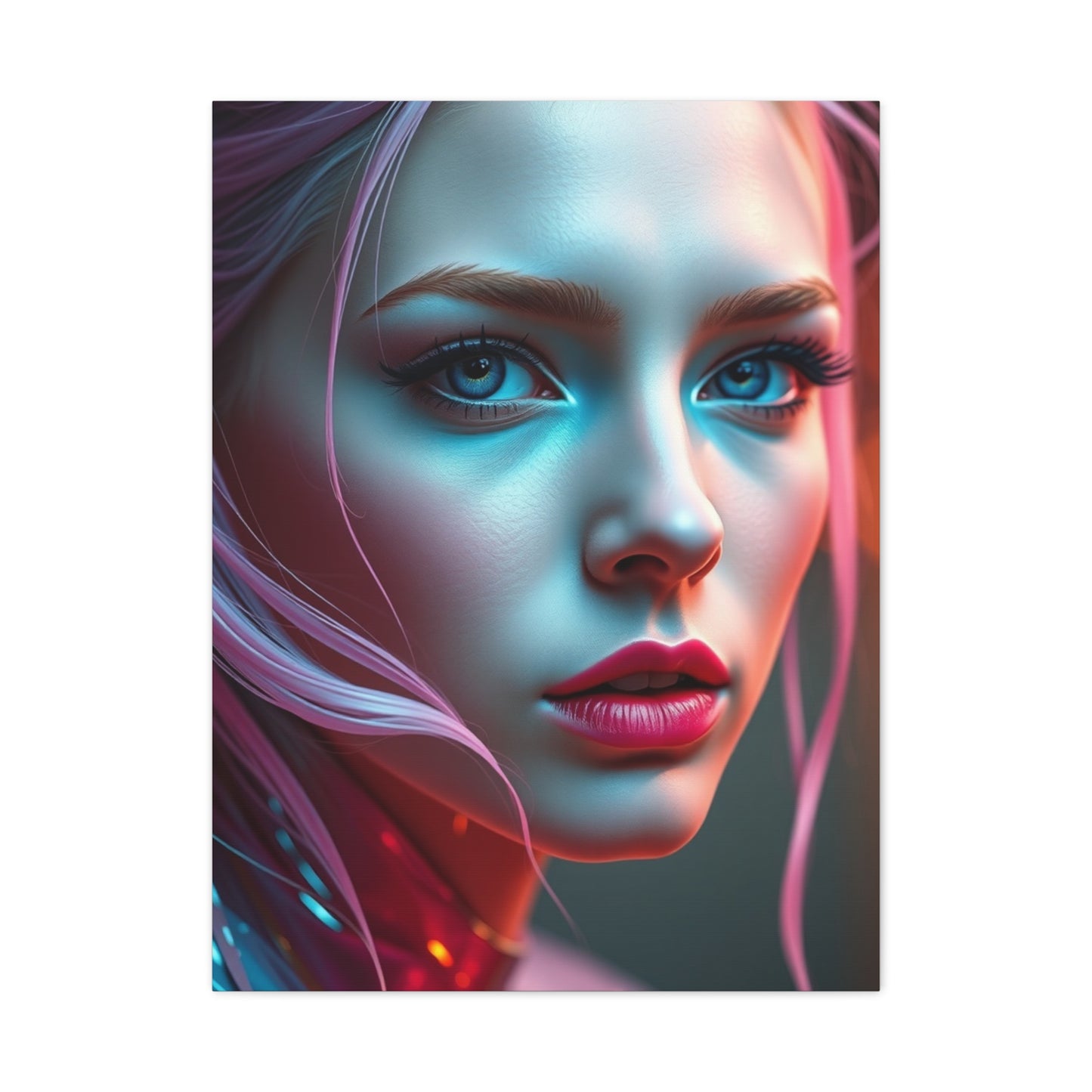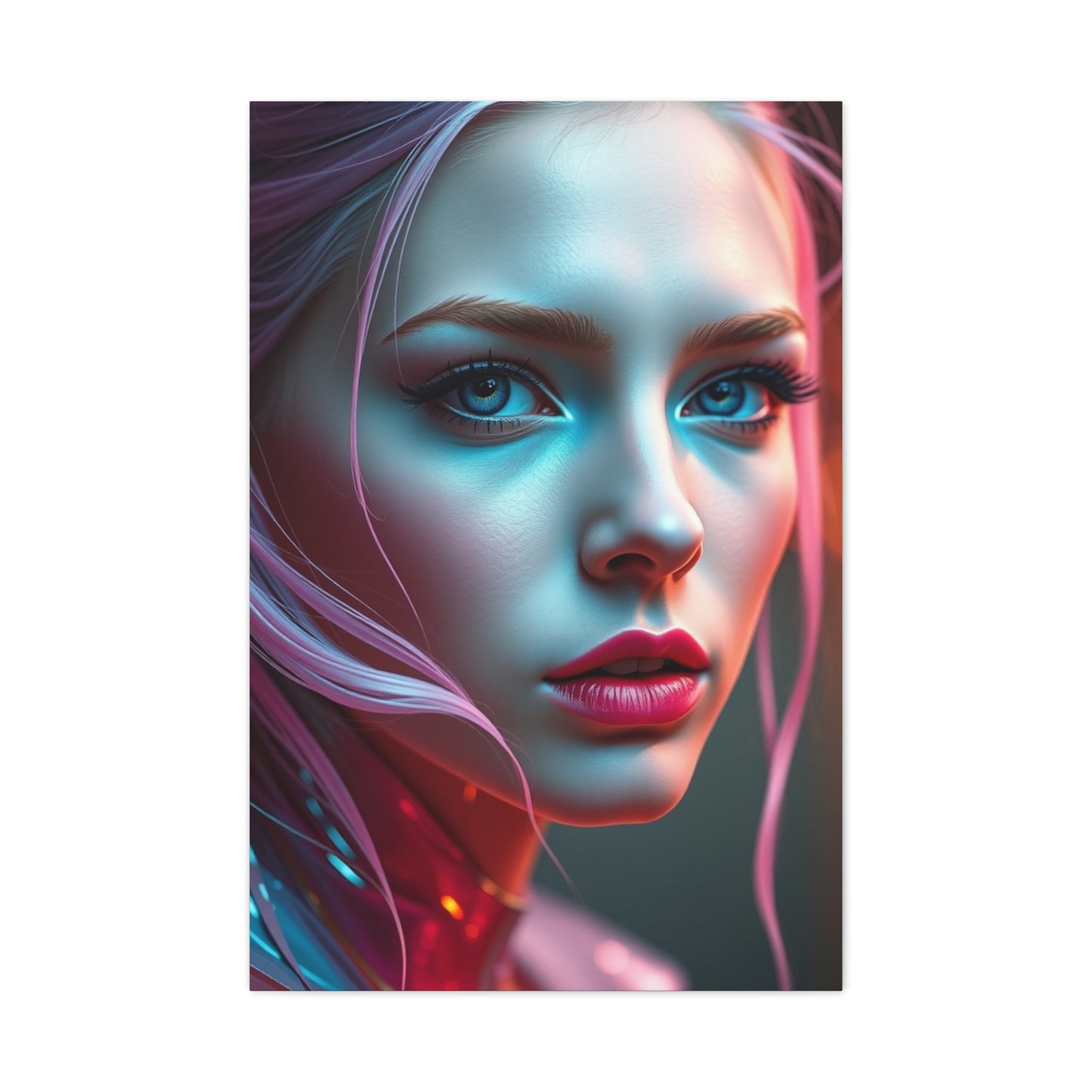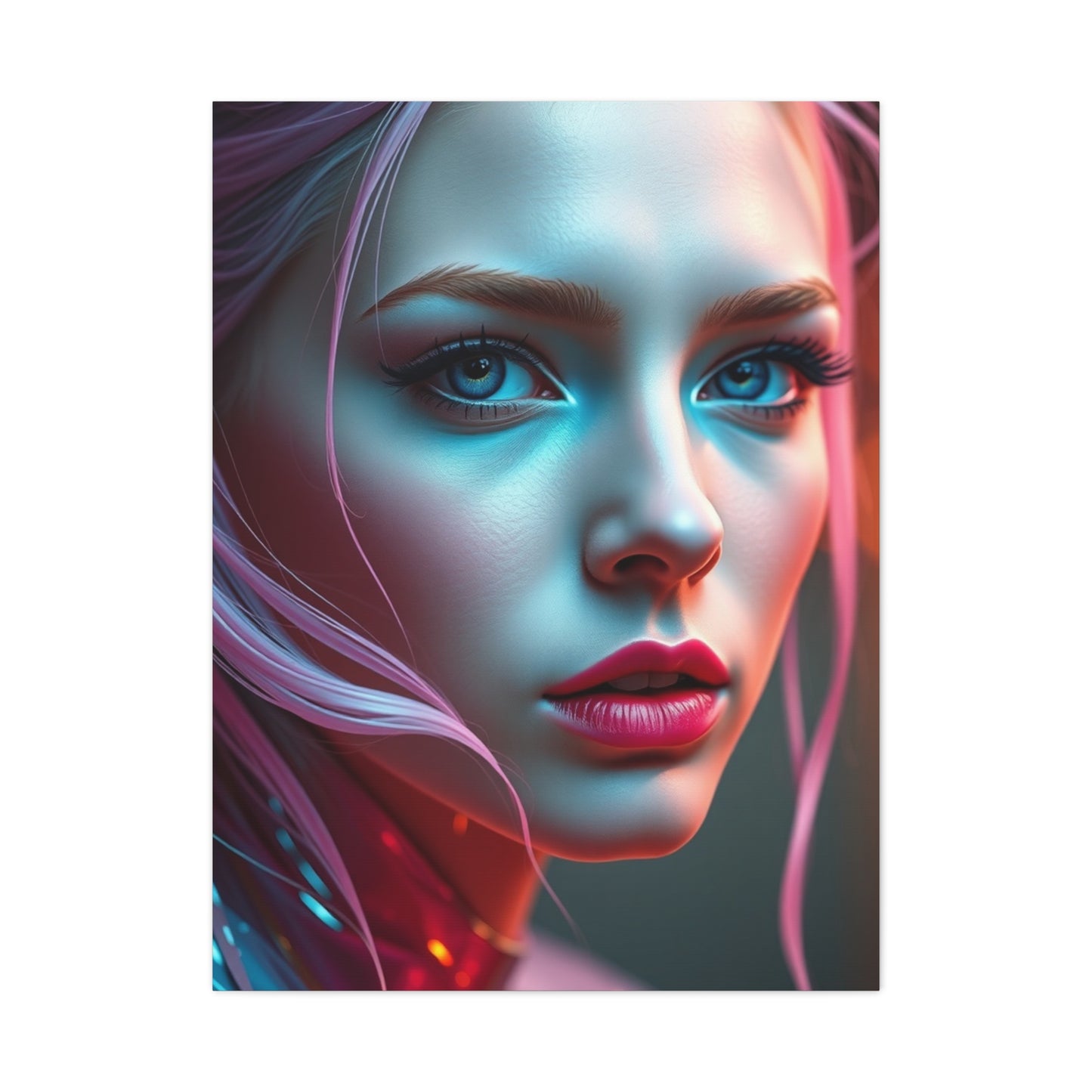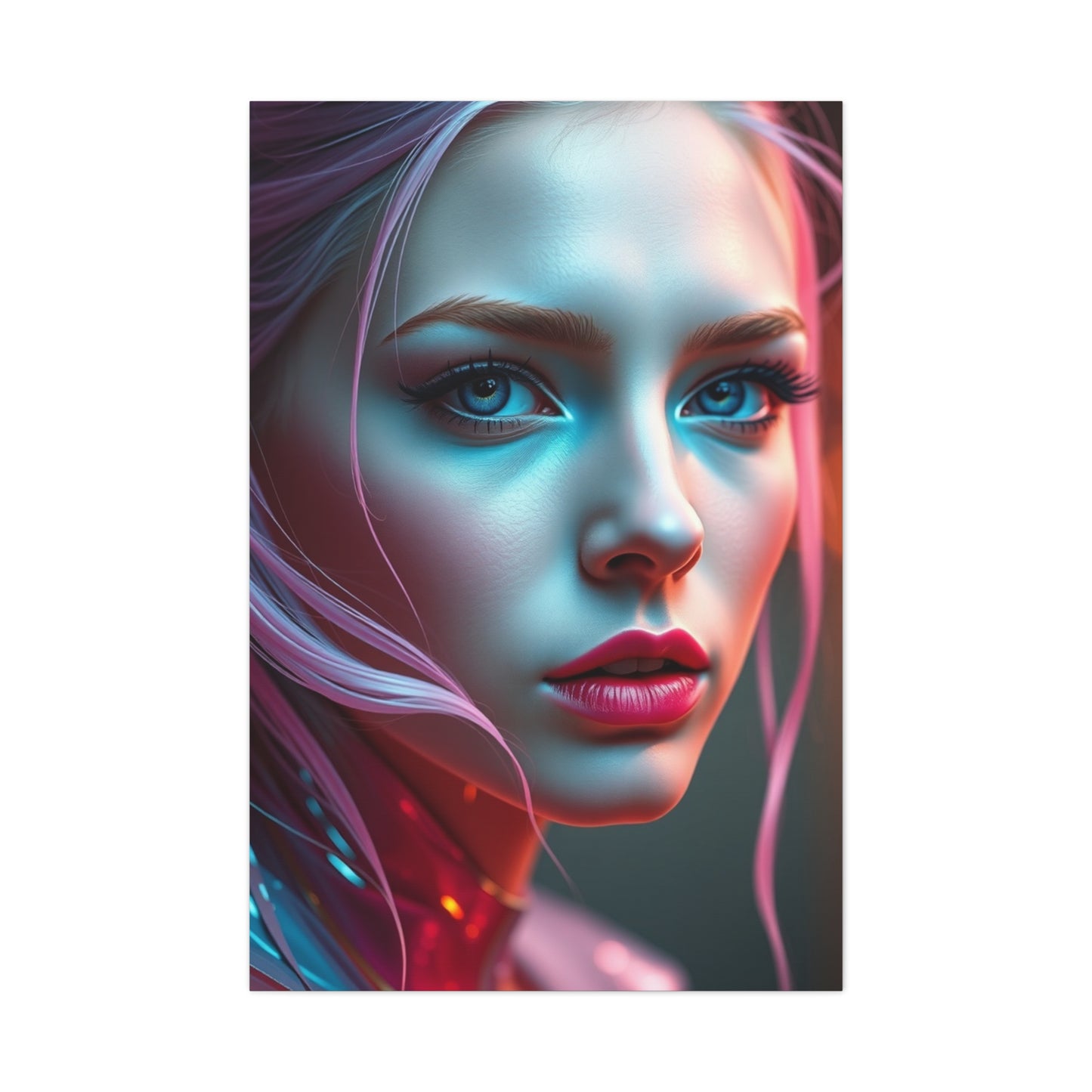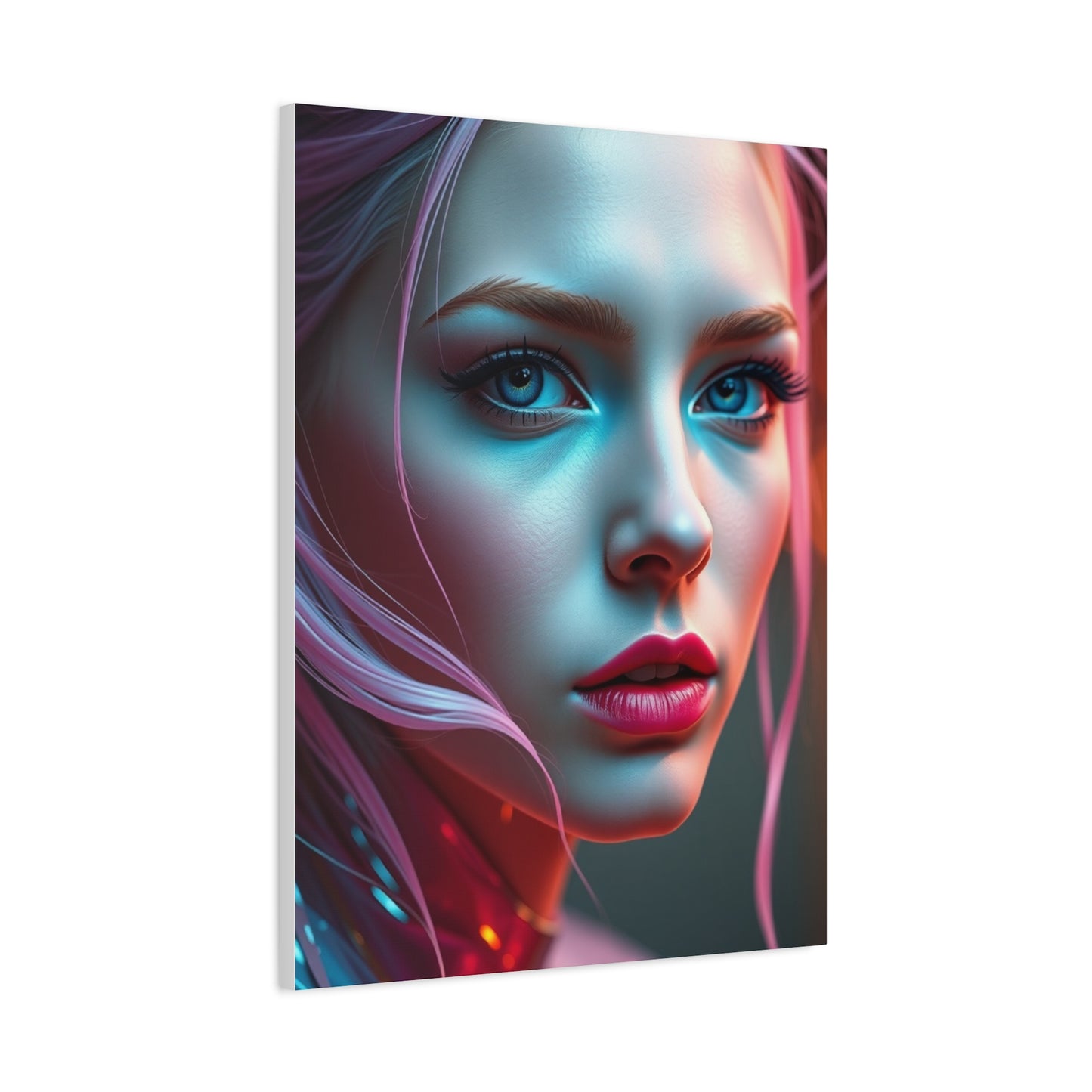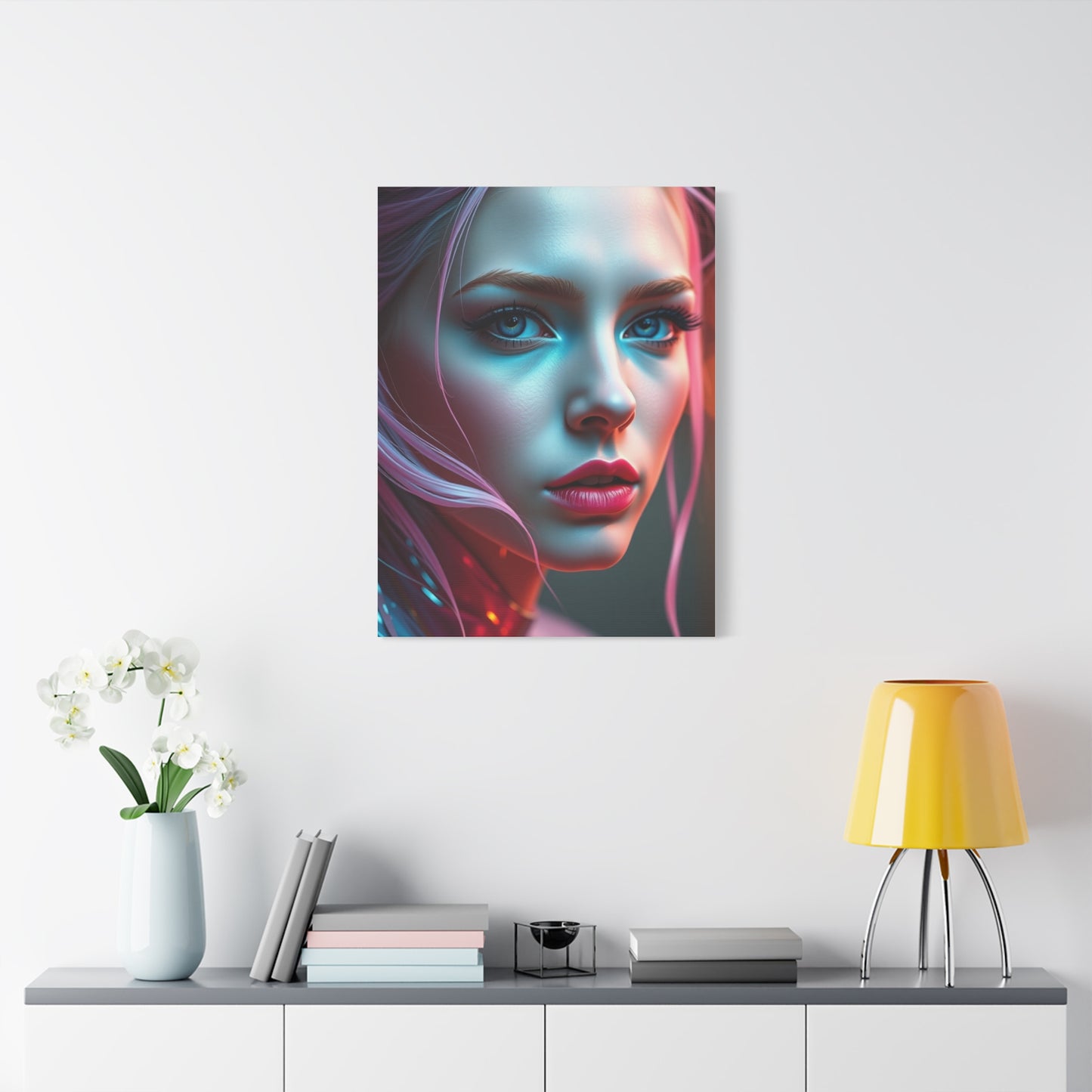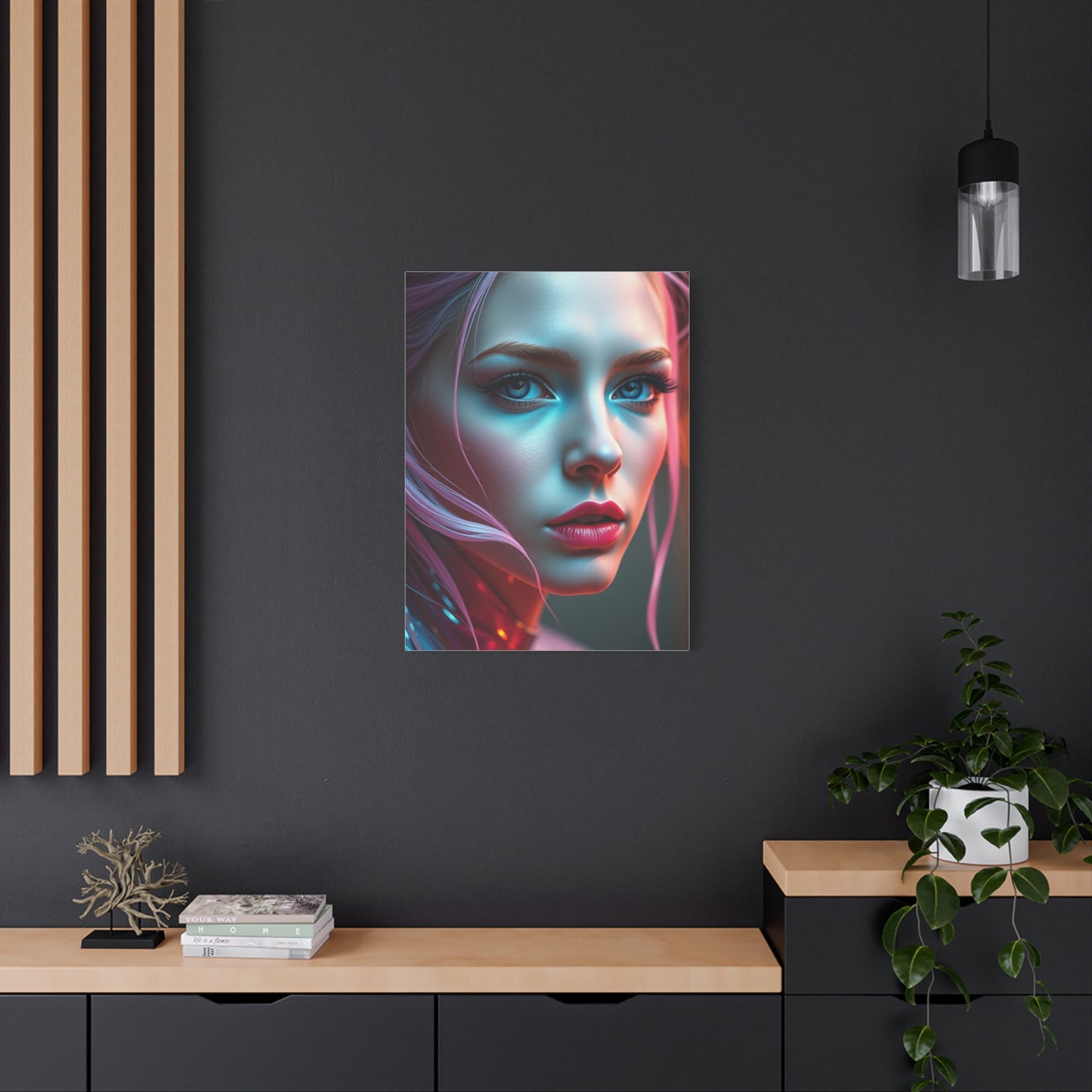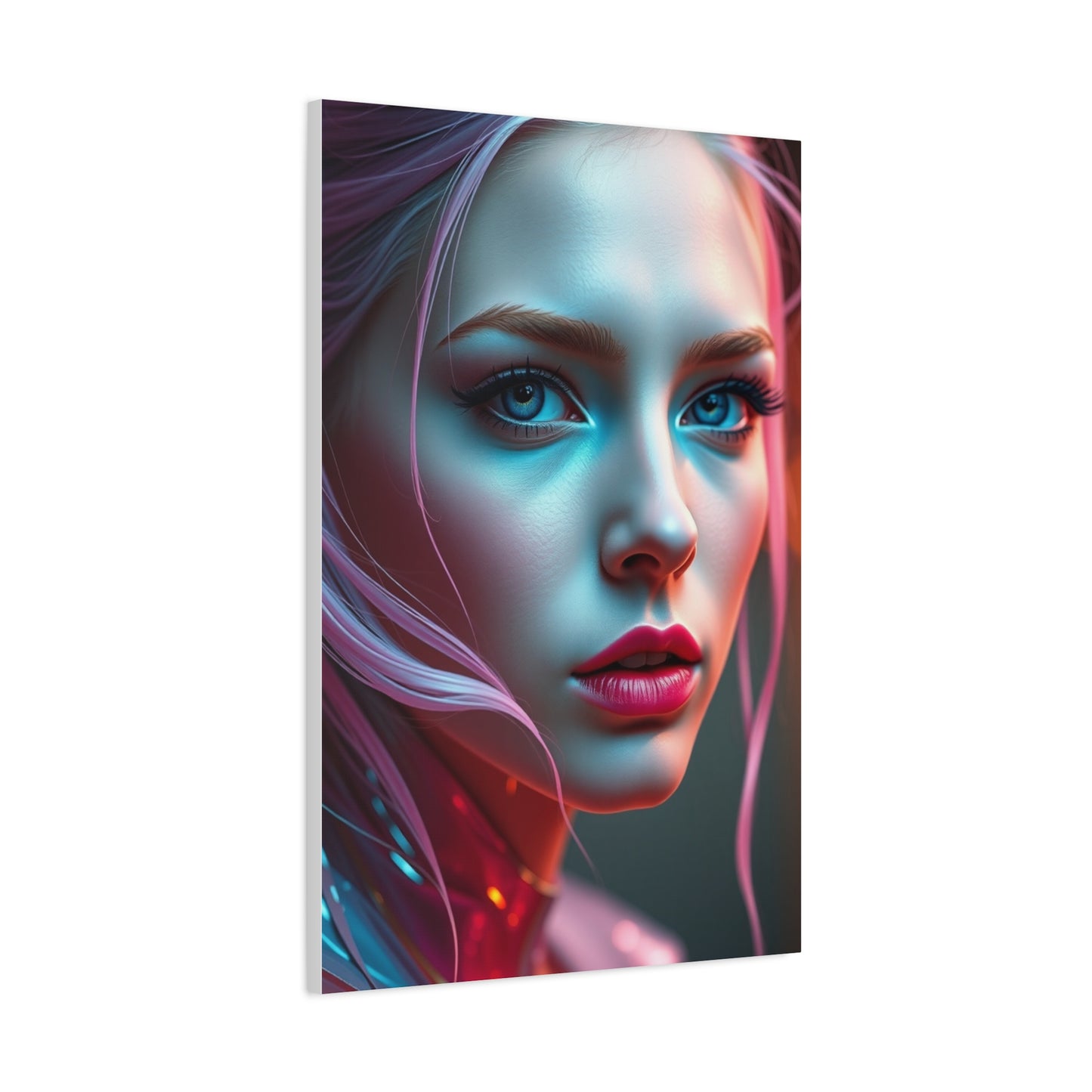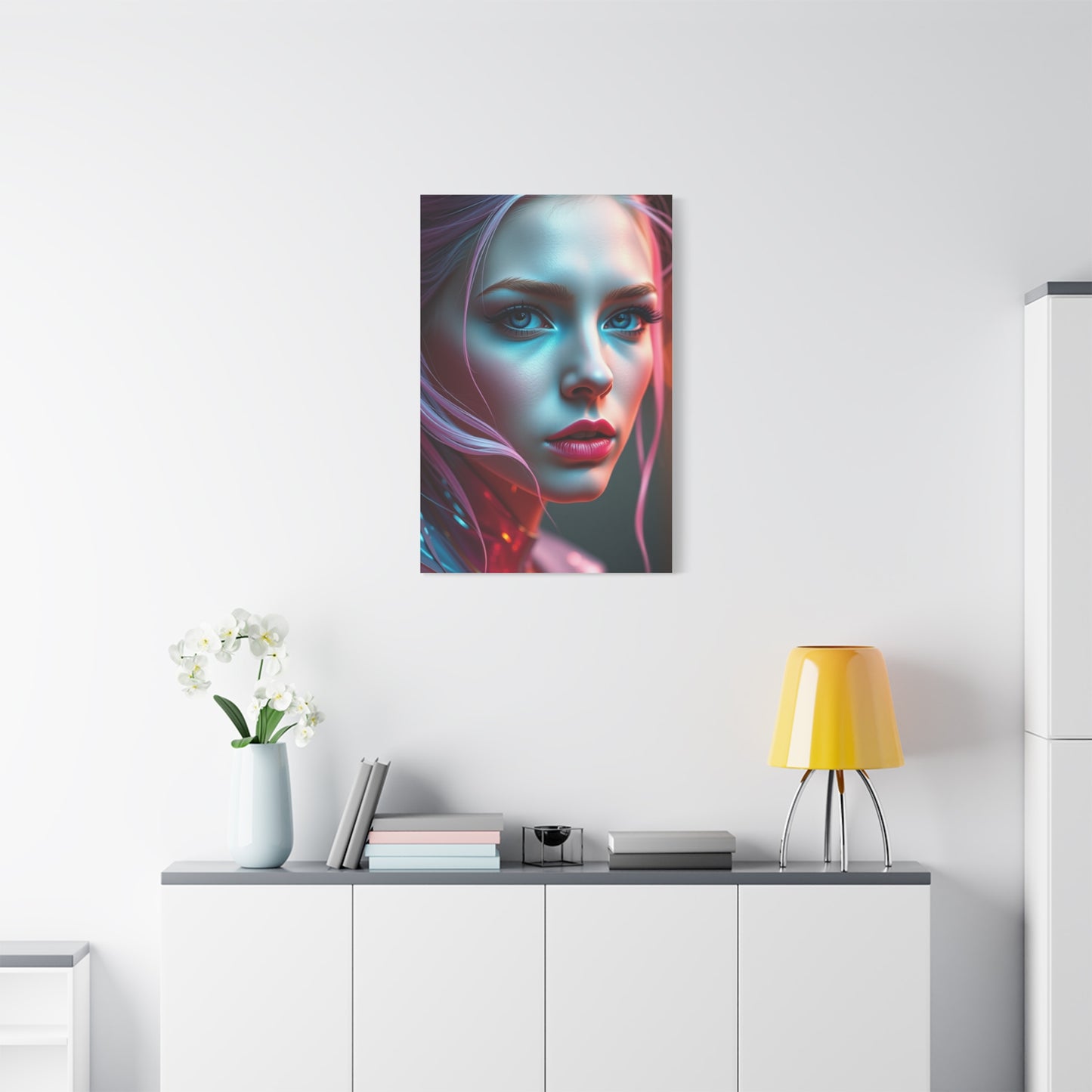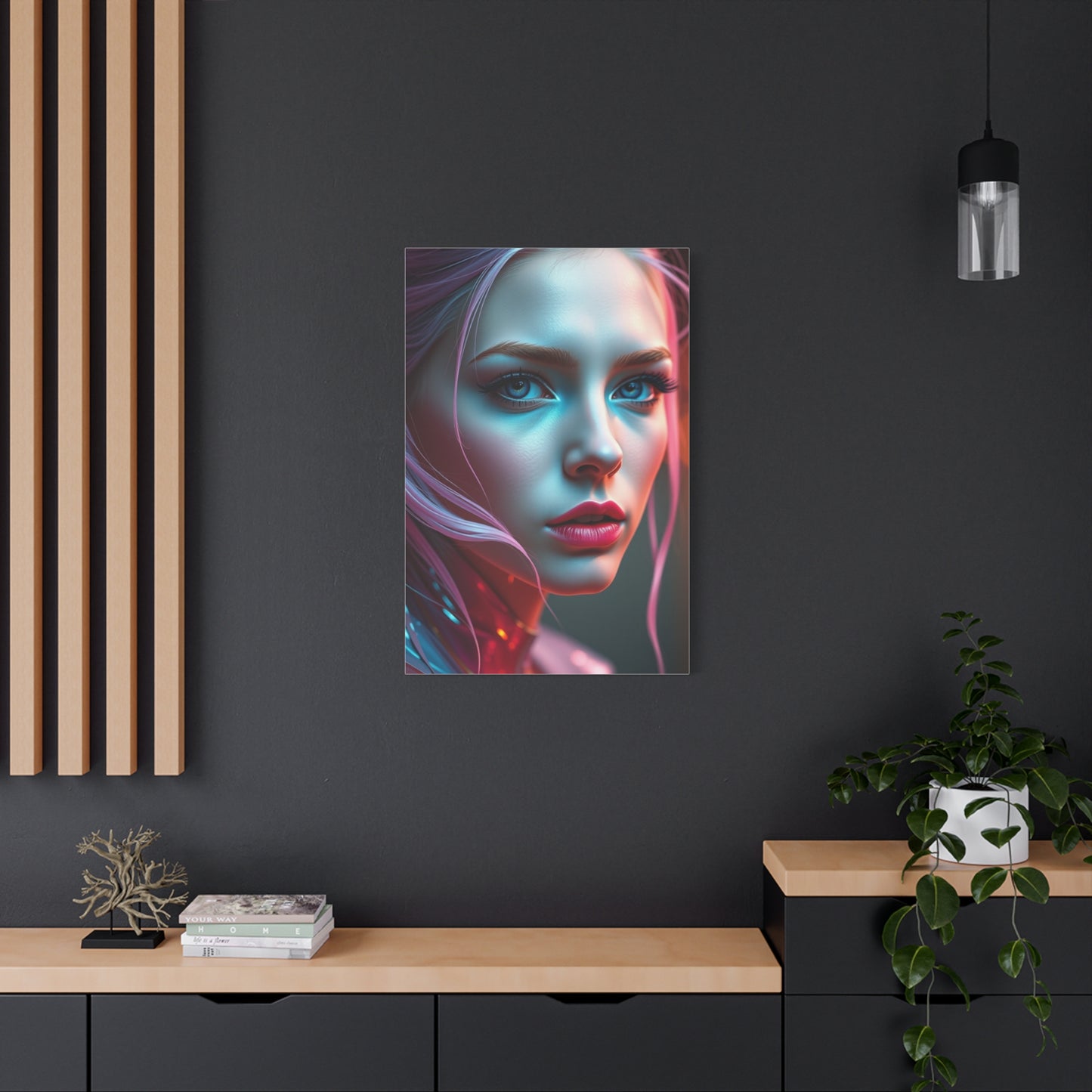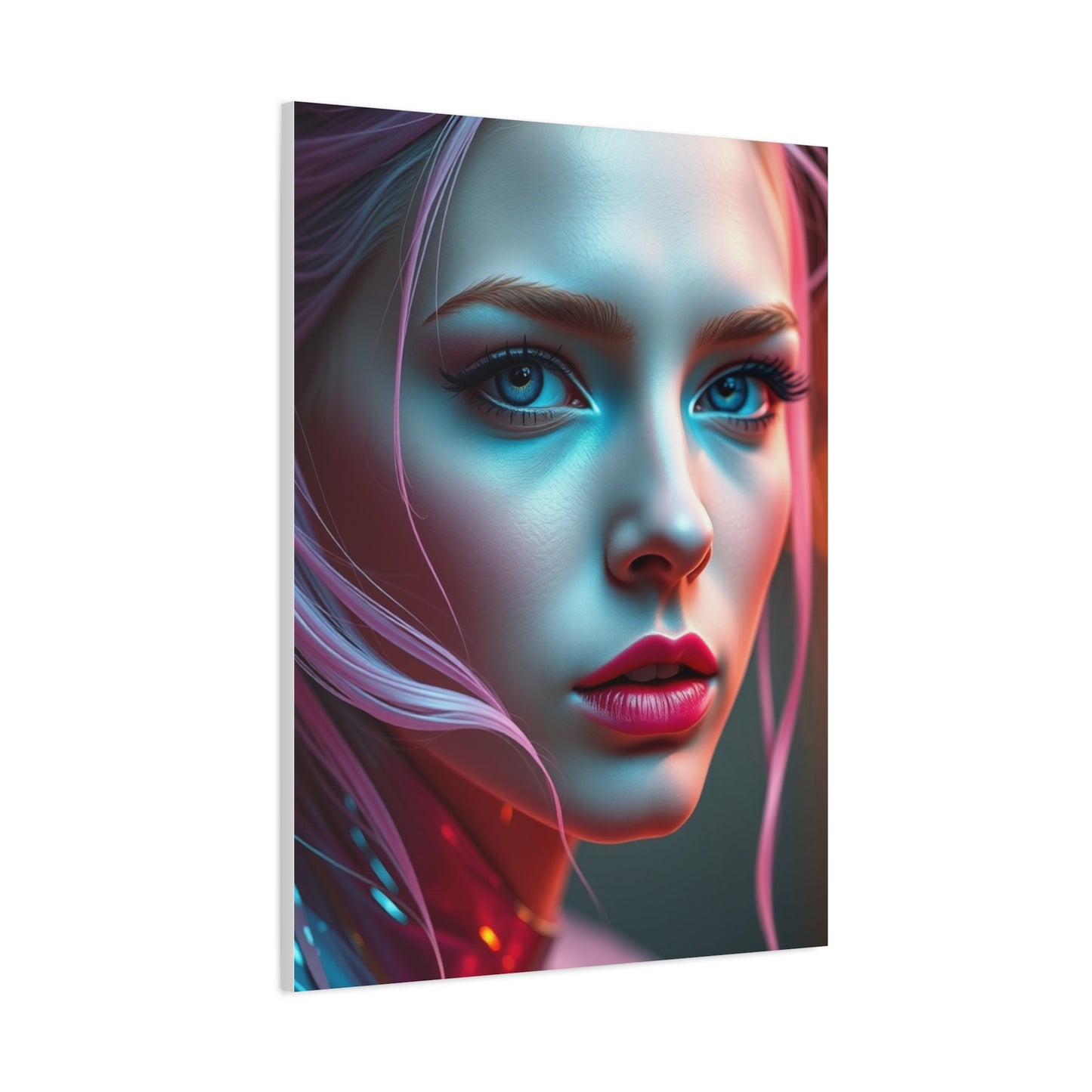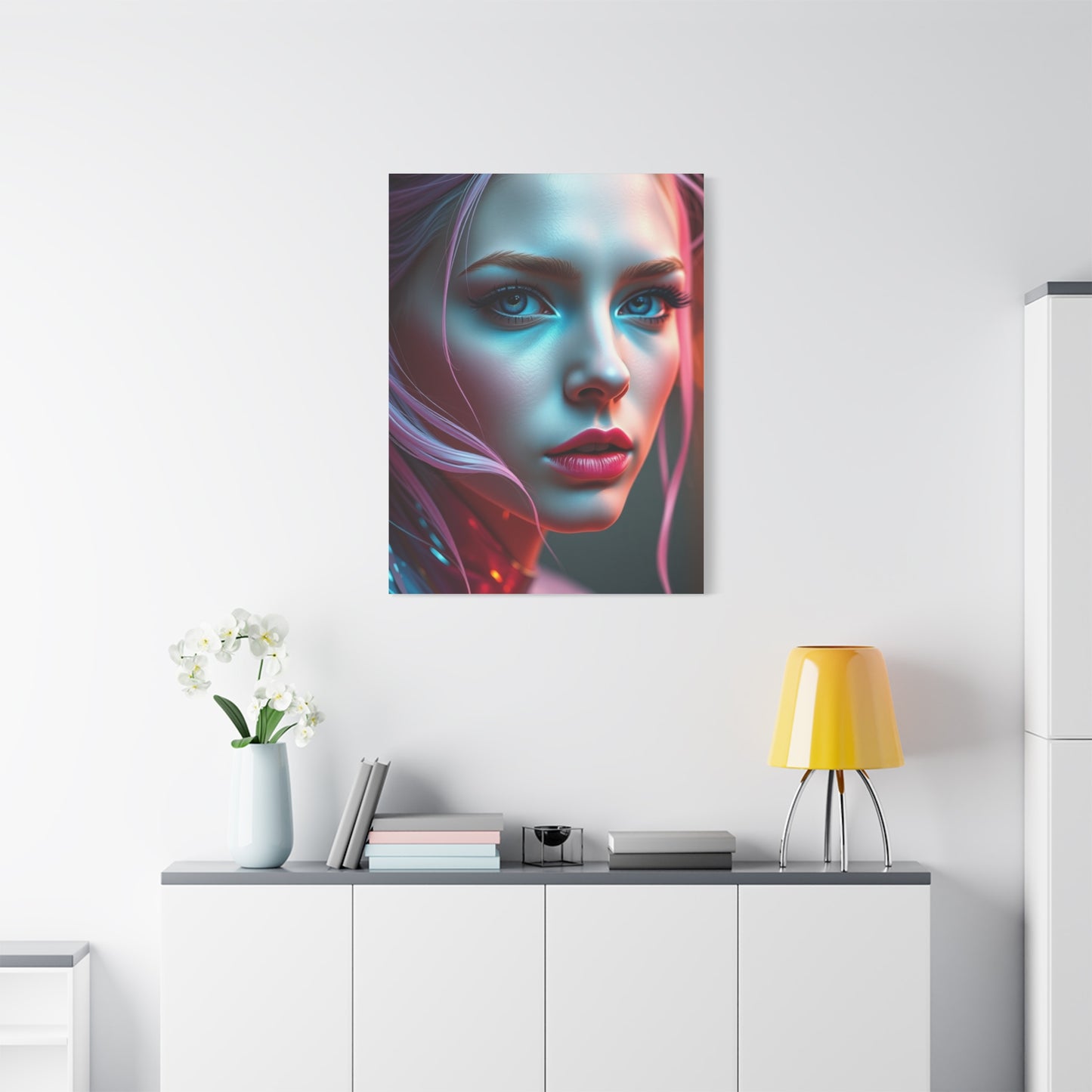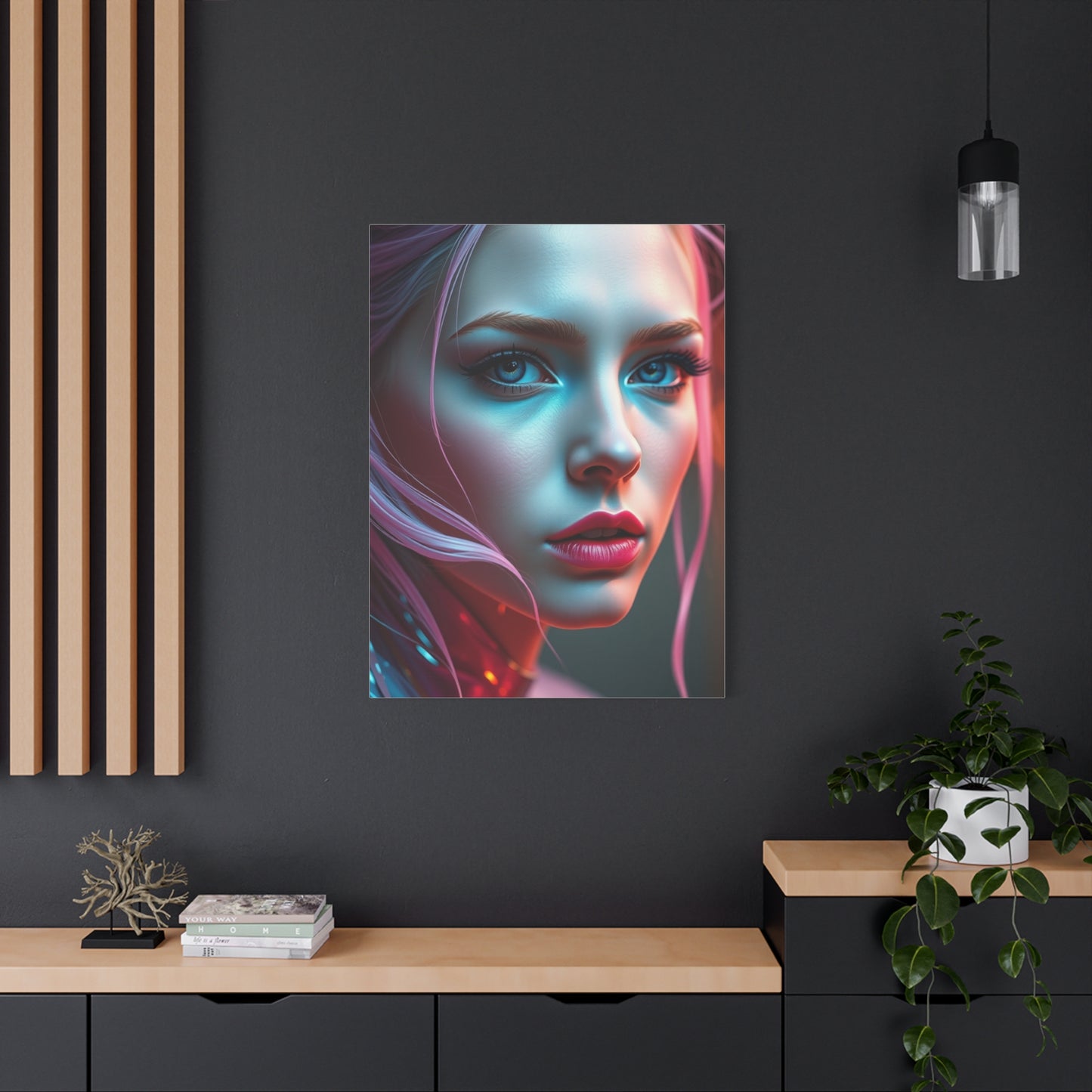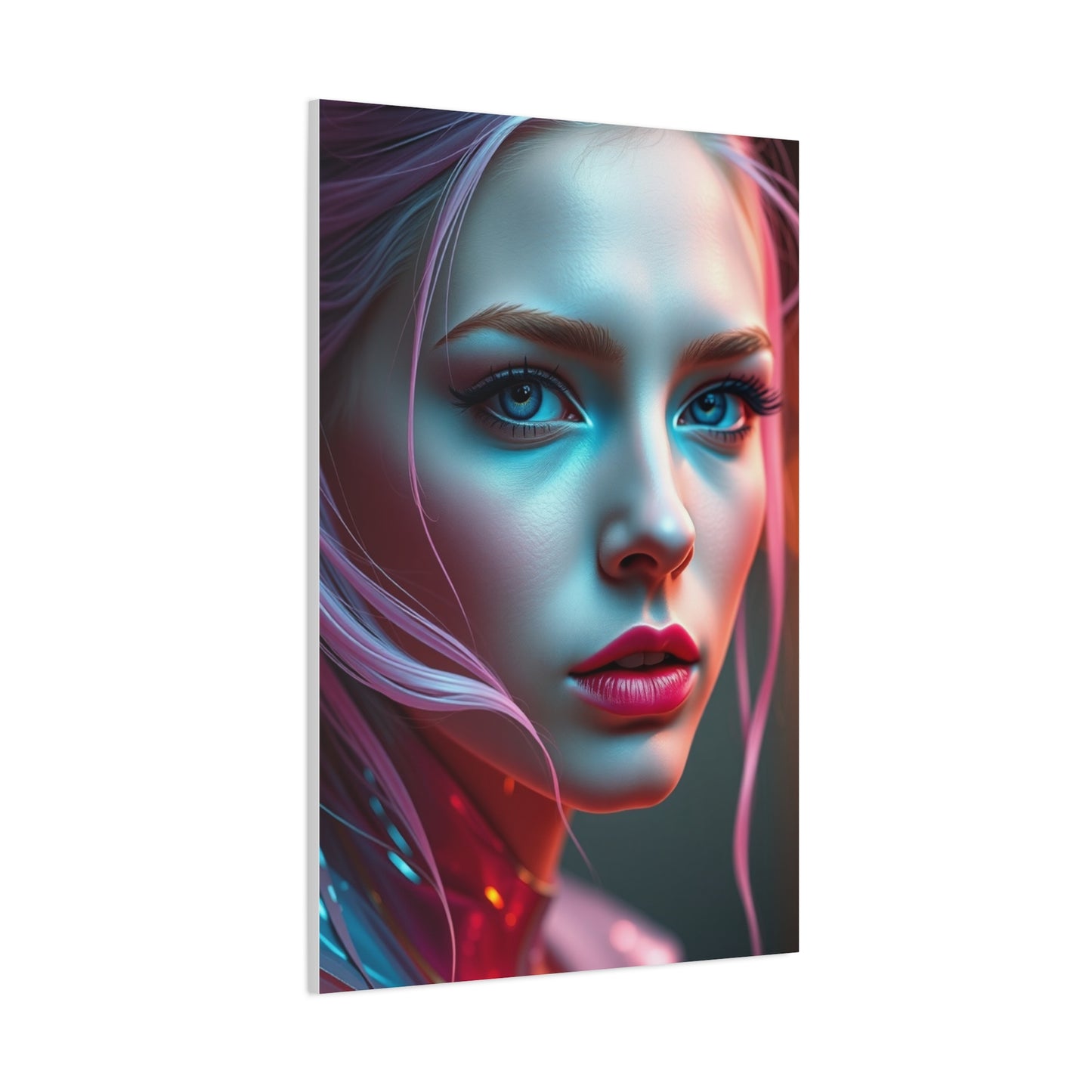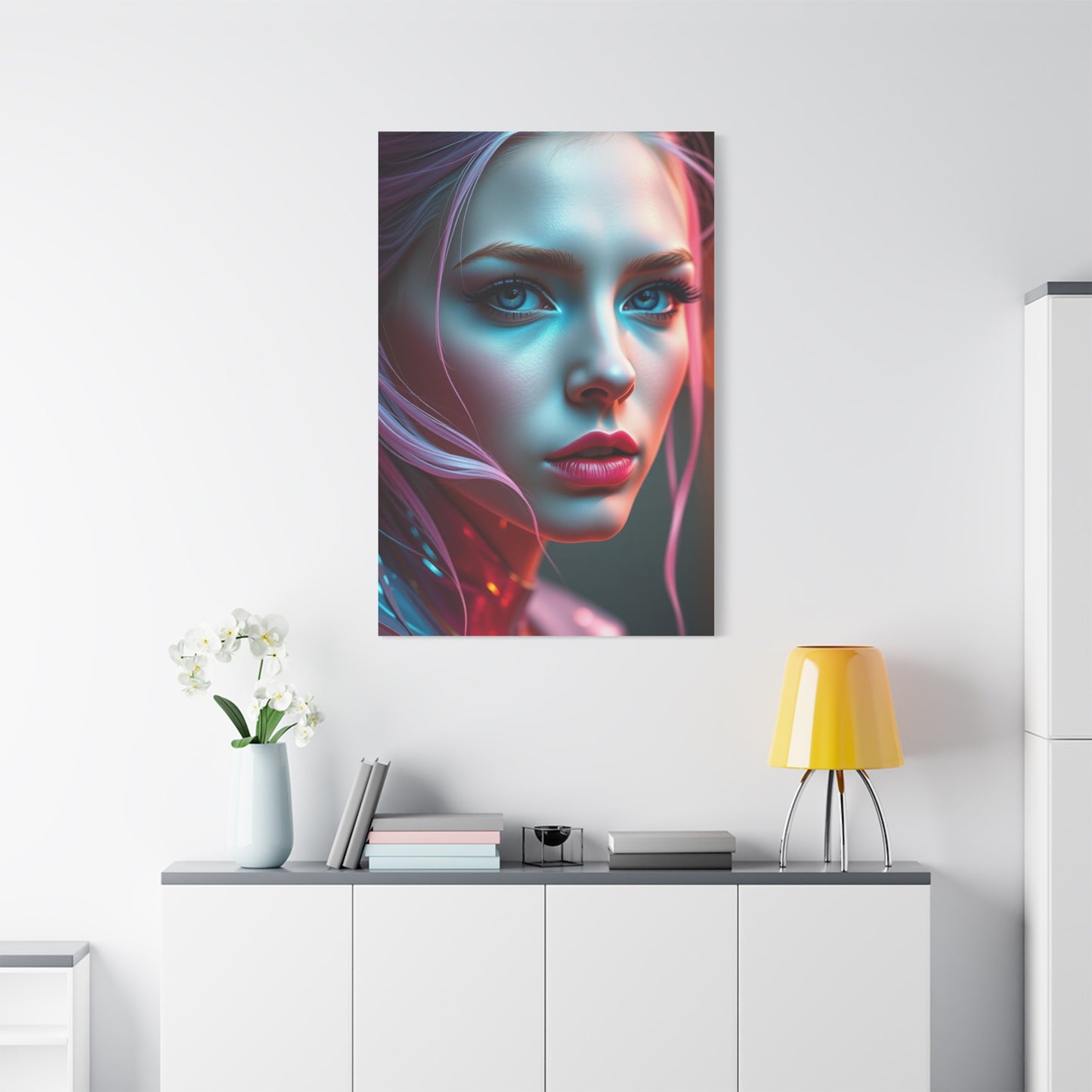Roseate Dreamscape Wall Art: A Complete Guide to Elegant Home Styling
Roseate dreamscape wall art has emerged as a captivating trend in contemporary home styling, offering homeowners a sophisticated way to infuse their living environments with ethereal beauty and artistic charm. These stunning visual pieces combine soft pink hues with abstract patterns that evoke feelings of tranquility and wonder. When you incorporate these artistic panels into your living areas, you create an atmosphere that feels both luxurious and inviting, making every room a sanctuary of visual delight.
The appeal of roseate dreamscape compositions lies in their versatility and ability to complement various aesthetic preferences. Whether your home features minimalist sensibilities, bohemian flair, or classic elegance, these artistic panels seamlessly integrate into existing schemes while adding a touch of sophistication. The gentle color palette and flowing forms create a sense of movement and depth that transforms ordinary walls into captivating focal points.
Homeowners increasingly seek art that not only beautifies their surroundings but also enhances their emotional well-being. Roseate dreamscape pieces fulfill this desire by offering visual experiences that promote relaxation and mental clarity. The soft, dreamy qualities of these artworks make them ideal for creating environments where you can unwind after busy days and find moments of peace amid life's demands.
Exploring the Palette of Roseate Dreamscape Wall Art
The color scheme found in roseate dreamscape wall art represents a carefully curated selection of hues that work harmoniously to create visual poetry on your walls. These pieces typically feature delicate pink tones ranging from barely-there blush to deeper rose shades, often blended with complementary colors like cream, gold, gray, and white. The resulting compositions feel both warm and soothing, making them perfect for creating welcoming atmospheres in various rooms throughout your home.
Understanding the psychology behind these color choices helps explain their widespread appeal. Pink tones naturally evoke feelings of comfort, compassion, and gentle energy. When combined with neutral shades, these hues create balanced compositions that feel neither overwhelming nor understated. The dreamy quality comes from the way colors flow into one another, creating gradients and transitions that mimic natural phenomena like sunsets, clouds, and flower petals.
The abstract nature of these artworks allows for multiple interpretations, meaning each viewer can find personal significance in the patterns and color combinations. Some observers see landscapes shrouded in mist, while others perceive floral abstractions or celestial scenes. This ambiguity adds to the artwork's appeal, as it continues to reveal new details and interpretations over time, preventing visual fatigue and maintaining long-term interest.
When selecting pieces for your home, consider how different shades within the roseate spectrum will interact with your existing color scheme. Lighter variations work beautifully in rooms with abundant natural light, as they reflect luminosity and make areas feel more expansive. Deeper rose tones create more dramatic impacts and work well in rooms where you want to establish a cozy, intimate atmosphere. The key lies in choosing pieces that resonate with your aesthetic vision while complementing the practical aspects of your living environment.
Many contemporary artists who create roseate dreamscape pieces employ layering techniques that add dimensional interest to their work. These layers might include transparent washes of color, textured brushstrokes, or mixed media elements that catch light differently depending on viewing angles. This complexity ensures that the artwork remains visually engaging throughout the day as natural light shifts and changes, creating an ever-evolving display that rewards continued observation.
How to Style Your Rooms with Roseate Dreamscape Panels
Incorporating roseate dreamscape panels into your home requires thoughtful consideration of placement, scale, and surrounding elements. The first step involves identifying the primary purpose of the artwork within each room. Will it serve as a subtle accent that complements existing features, or do you envision it as a commanding focal point that anchors the entire design scheme? Answering this question guides all subsequent decisions about size, positioning, and supporting elements.
For living areas where family and guests gather, consider placing larger roseate panels above seating arrangements or on prominent walls that naturally draw the eye. These locations ensure the artwork receives proper attention while contributing to the overall ambiance. When hanging pieces above sofas or console tables, maintain proper proportions by selecting artwork that measures roughly two-thirds to three-quarters the width of the furniture beneath it. This ratio creates visual harmony and prevents the composition from appearing either cramped or lost.
Dining rooms present excellent opportunities for showcasing roseate dreamscape artwork, as these gathering places benefit from the warm, inviting energy these pieces provide. Position panels where diners can enjoy them without feeling overwhelmed, such as on walls perpendicular to the table or in alcoves that frame the eating area. The soft hues create pleasant dining atmospheres that encourage lingering conversations and memorable meals.
Entryways and hallways often go underutilized in home styling, yet these transitional areas offer perfect opportunities for making strong first impressions with roseate dreamscape panels. A striking piece in your entry immediately establishes the aesthetic tone of your home while creating welcoming feelings for arriving guests. In hallways, consider creating gallery-style arrangements with multiple smaller panels that guide movement through the passage while maintaining visual interest along the entire length.
Home offices and creative workplaces benefit tremendously from the calming presence of roseate artwork. These pieces help counterbalance the stress and mental demands of work activities by providing visual respite during breaks and contemplative moments. Position artwork within easy sight lines from your primary work position, allowing you to rest your eyes on something beautiful whenever you need mental refreshment. The abstract nature of dreamscape compositions makes them ideal for work environments, as they stimulate creativity without creating distracting focal points that pull attention away from tasks.
When styling around roseate panels, consider the supporting elements that will enhance rather than compete with the artwork. Furniture selections should complement the color palette without exactly matching it, as perfect coordination often feels contrived and lacks visual interest. Instead, opt for pieces in complementary neutrals or introduce accent furnishings that pick up secondary colors from the artwork, creating cohesive yet dynamic arrangements.
Textile choices play crucial roles in successful styling schemes featuring roseate dreamscape artwork. Select curtains, throw pillows, and area rugs that echo the color story without overwhelming it. Textured fabrics add dimensional interest that parallels the layered quality of the artwork itself. Consider incorporating materials like linen, velvet, or woven textiles that catch light beautifully and create tactile richness throughout the room.
Lighting represents another critical factor in showcasing roseate panels effectively. Natural light brings out the subtle nuances in color gradients and reveals textural details that might otherwise go unnoticed. Position artwork where it receives indirect natural light when possible, avoiding direct sunlight that could cause fading over time. For evening display, incorporate adjustable artificial lighting such as picture lights, track lighting, or strategically placed lamps that highlight the artwork while contributing to overall ambient illumination.
The Dreamy Aesthetic of Roseate Wall Art
The dreamlike quality that defines roseate wall art stems from its ability to evoke ethereal, almost otherworldly atmospheres within everyday living environments. These pieces transport viewers to imaginative realms where colors float and blend like thoughts drifting through consciousness. The soft focus and flowing forms characteristic of this artistic style create visual experiences that feel simultaneously grounding and transcendent, anchoring rooms in beauty while suggesting possibilities beyond the physical.
Artists achieve these dreamy effects through various techniques that blur boundaries and soften edges. Wet-on-wet painting methods allow colors to merge organically, creating transitions that feel natural and unforced. Some creators employ digital tools to achieve similar effects, layering transparent elements and applying blur filters that mimic the appearance of viewing scenes through veils or mist. Regardless of the creation method, the resulting artworks share a quality of gentle ambiguity that invites prolonged contemplation.
The psychological impact of dreamlike imagery in home environments deserves serious consideration. Humans naturally gravitate toward visual experiences that offer respite from the sharp, defined edges and harsh contrasts encountered in daily life. Soft, flowing compositions provide mental breaks that help reduce stress and promote relaxation. When you surround yourself with artwork that embodies these qualities, you create environmental conditions that support emotional well-being and mental clarity.
Incorporating dreamlike roseate pieces into your home also reflects broader cultural movements toward mindfulness and intentional living. These artworks remind viewers to pause, breathe, and appreciate beauty in their immediate surroundings rather than constantly focusing on distant goals and future concerns. The presence of such pieces encourages present-moment awareness, transforming ordinary rooms into mindful environments that support healthier relationships with time and attention.
The versatility of dreamy roseate aesthetics allows them to adapt to changing moods and seasons. During warm months, these pieces evoke feelings of blooming gardens and sunset skies, while in cooler seasons, they suggest cozy warmth and protected comfort. This year-round appropriateness makes them excellent long-term investments that continue providing value regardless of shifting trends or seasonal preferences.
When combined with other artistic elements, roseate dreamscape pieces can anchor eclectic arrangements that tell personal stories. Pair them with photography, sculptural objects, or textile arts to create layered displays that reflect your unique perspective and experiences. The soft, accommodating nature of dreamscape aesthetics ensures they play well with diverse artistic styles, serving as unifying elements that tie together seemingly disparate pieces.
Abstract Characteristics in Roseate Dreamscape Panels
Abstract art forms like roseate dreamscape panels offer unique advantages over representational artwork, primarily through their openness to interpretation and emotional resonance. These pieces don't attempt to replicate specific subjects or scenes but instead work with pure visual elements like color, form, texture, and composition to create meaningful experiences. This abstraction allows viewers to project their own meanings and associations onto the artwork, making each viewing experience personal and potentially transformative.
The abstract beauty of roseate compositions lies partly in their ability to suggest multiple realities simultaneously. Depending on perspective, distance, and lighting conditions, the same piece might evoke different imagery and emotions. One moment, you might perceive landscape elements like rolling hills or distant horizons. The next, you might see organic forms reminiscent of flowers, clouds, or water. This multiplicity keeps the artwork perpetually fresh and engaging, offering new discoveries even after years of daily viewing.
Color relationships form the foundation of abstract beauty in these artworks. Artists carefully balance warm and cool tones, creating tensions and harmonies that guide the eye through compositions. In roseate pieces, the dominant pink tones typically interact with cooler grays, blues, or greens to prevent monotony and add complexity. These color interactions create visual movement and depth, making flat surfaces appear dimensional and alive.
Compositional balance in abstract roseate panels requires careful attention to weight distribution and visual flow. Successful pieces guide viewers' eyes through the composition without creating jarring stops or confusing tangents. Artists achieve this through careful placement of lighter and darker areas, varying densities of color application, and strategic positioning of visual focal points. When you encounter well-composed abstract artwork, you experience smooth visual journeys that feel satisfying and complete.
Texture plays significant roles in abstract roseate dreamscape panels, adding tactile dimensions that enhance visual interest. Some artists build up paint in thick impasto applications that cast subtle shadows and catch light dramatically. Others prefer smooth, seamless surfaces that emphasize color and form over physical texture. Still others combine approaches, creating varied surfaces within single compositions that reward close inspection while maintaining impact from distance.
The emotional accessibility of abstract roseate artwork makes it particularly appealing for residential settings. Unlike some abstract styles that challenge or confront viewers, dreamscape compositions in soft pink palettes offer immediate emotional comfort while still providing intellectual engagement. This combination of accessibility and depth ensures these pieces appeal to diverse audiences and age groups, making them excellent choices for family homes where multiple perspectives and preferences must coexist harmoniously.
Creating Peaceful Environments with Roseate Art Panels
The power of roseate art panels to establish calming atmospheres stems from both their inherent visual qualities and their psychological impacts on viewers. When you enter rooms featuring these soft, dreamy compositions, your nervous system receives signals of safety and comfort, triggering relaxation responses that help counteract daily stress. This physiological effect makes roseate artwork particularly valuable in homes serving as sanctuaries from hectic external worlds.
Color psychology research consistently demonstrates that pink hues promote feelings of calmness, security, and emotional warmth. Unlike more stimulating colors that energize or agitate, gentle rose tones soothe and settle, creating environments conducive to rest and reflection. When these calming hues appear in abstract, flowing compositions, their effects amplify, as the lack of sharp edges or jarring contrasts further enhances the peaceful atmosphere.
Positioning roseate panels in frequently used relaxation areas maximizes their calming benefits. Bedrooms represent ideal locations, as the tranquil energy supports quality sleep and restful mornings. Consider placing artwork where you can view it from your bed, allowing the peaceful imagery to be among the last things you see before sleep and the first things greeting you upon waking. This bookending of rest periods with calming visual input helps establish healthy sleep routines and promotes better overall rest quality.
Reading nooks and meditation corners also benefit tremendously from roseate dreamscape artwork. These dedicated quiet zones become even more effective sanctuaries when enhanced with visual elements that reinforce their calming purposes. The artwork serves as both aesthetic enhancement and functional tool, helping your mind shift into receptive, relaxed states more readily when you enter these designated peaceful areas.
Bathrooms often overlooked in artwork placement discussions actually offer excellent opportunities for creating spa-like retreats with roseate panels. The combination of warm water, pleasant scents, and calming visual art transforms routine bathing into restorative rituals. Select pieces that can withstand humid conditions or protect them appropriately to ensure longevity in moisture-rich environments.
Beyond individual room applications, roseate artwork contributes to overall home tranquility by establishing consistent aesthetic threads throughout living areas. When similar pieces appear in multiple rooms, they create visual continuity that promotes feelings of coherence and order. This doesn't mean every room must feature identical artwork, but rather that related pieces can tie different areas together while maintaining each room's unique character.
The calming effects of roseate panels extend to social situations as well. When guests visit homes featuring these peaceful artworks, they unconsciously absorb the tranquil energy, often becoming more relaxed and open in their interactions. This makes roseate pieces excellent additions to entertaining areas where you want to encourage comfortable conversations and genuine connections.
Creating truly peaceful environments requires attention to all sensory inputs, not just visual elements. Complement your roseate artwork with other calming features like soft textiles, pleasant natural scents, and gentle ambient sounds. When all sensory elements work together harmoniously, the cumulative effect creates profoundly restorative environments that support physical health and emotional well-being.
Combining Roseate Dreamscape with Contemporary Styling
Roseate dreamscape panels integrate beautifully with contemporary design philosophies, which emphasize clean lines, minimalist aesthetics, and carefully curated elements. The soft, organic qualities of dreamscape artwork provide perfect counterpoints to the sometimes stark or austere aspects of contemporary styling, adding warmth and emotional resonance without compromising clean, uncluttered principles.
Contemporary styling typically favors neutral color palettes dominated by whites, grays, and blacks, often incorporating natural wood tones for warmth. Roseate artwork introduces subtle color without overwhelming these restrained schemes. The gentle pink hues read as sophisticated rather than frivolous when presented in abstract, artistic formats, making them acceptable within even the most minimal design frameworks.
When combining roseate panels with contemporary furnishings, focus on maintaining the clean, uncluttered aesthetic that defines the style. Select simple, streamlined frames or frameless mounting options that keep attention on the artwork itself rather than ornate borders. This approach ensures the artistic content takes center stage while supporting the overall design philosophy.
Contemporary design celebrates quality over quantity, preferring fewer, better-chosen pieces to numerous decorative items. This principle aligns perfectly with featuring statement roseate dreamscape panels that command attention through their beauty and scale rather than through busy arrangements of multiple smaller items. A single large panel on a prominent wall often creates more impact than several smaller pieces scattered throughout a room.
Material selections in contemporary settings should complement rather than compete with roseate artwork. Furniture featuring metal accents, glass surfaces, and smooth finishes works particularly well alongside these soft, flowing compositions. The contrast between hard, reflective materials and gentle, matte artwork creates dynamic visual interest while maintaining cohesive overall effects.
Geometric patterns common in contemporary design schemes can either harmonize or contrast with organic roseate dreamscape compositions depending on application. Geometric area rugs, throw pillows featuring angular patterns, or architectural elements with strong linear qualities create pleasing tensions when paired with flowing, amorphous artwork. This interplay between different visual languages adds complexity and sophistication to contemporary rooms.
Lighting design in contemporary settings offers opportunities for dramatically showcasing roseate panels. Track lighting, recessed fixtures, and linear LED installations can highlight artwork while contributing to overall ambient illumination. Consider installing dimmers that allow you to adjust lighting intensity based on time of day and desired mood, maximizing the artwork's impact across various conditions.
Contemporary styling often incorporates natural elements like live plants, natural fiber textiles, and organic materials. These elements pair beautifully with roseate dreamscape artwork, as both celebrate organic forms and natural beauty. Large potted plants positioned near artwork create living frames that enhance rather than distract from the compositions.
Technology integration represents another hallmark of contemporary design, and modern homes often feature visible entertainment systems, smart home controls, and charging stations. Strategically placed roseate artwork helps balance these technological elements by introducing organic, human-centered beauty that prevents rooms from feeling overly mechanized or cold.
The Symbolism Behind Roseate Dreamscape Art
Artistic symbolism in roseate dreamscape pieces operates on multiple levels, incorporating both universal meanings associated with colors and forms as well as personal interpretations unique to individual viewers. Understanding these symbolic dimensions enriches appreciation and helps guide selection of pieces that resonate with your values and aspirations.
Pink hues throughout human culture typically symbolize love, compassion, nurturing energy, and emotional openness. Unlike the passionate intensity associated with red or the purity connected to white, pink occupies a middle ground representing gentle affection and tender care. When you display roseate artwork in your home, you invite these qualities into your environment, creating atmospheres conducive to emotional warmth and interpersonal connection.
The dreamscape aspect introduces symbolic associations with imagination, intuition, and the subconscious mind. Dreams represent realms where normal rules don't apply, where surprising connections emerge, and where deeper truths sometimes surface. Artwork that evokes dreamlike qualities suggests openness to these less rational, more intuitive ways of knowing and being, encouraging viewers to honor their inner wisdom alongside logical thinking.
Abstract flowing forms common in roseate dreamscape compositions symbolize flexibility, adaptation, and organic growth. Unlike rigid geometric patterns suggesting order and control, these fluid shapes celebrate natural processes of change and evolution. They remind viewers that beauty exists in transitions and that resistance to natural flows often creates unnecessary suffering.
Many viewers find spiritual or meditative qualities in roseate dreamscape artwork, even when artists don't consciously intend such meanings. The soft, misty qualities can evoke sacred atmospheres similar to those found in temples, churches, or natural settings traditionally associated with spiritual experiences. This connection makes these pieces popular among individuals seeking to create contemplative environments supporting mindfulness practices and spiritual exploration.
The layered, dimensional quality of well-executed roseate panels symbolizes complexity and depth, suggesting that surface appearances don't tell complete stories. This resonates with individuals who value substance over superficiality and who appreciate that the most rewarding experiences often require time and attention to fully appreciate.
Color gradients and transitions featured prominently in dreamscape compositions symbolize journeys, transformations, and the passage of time. Just as colors shift gradually across canvases, life experiences unfold through progressive changes rather than sudden jumps. These artistic elements remind viewers to appreciate processes rather than fixating exclusively on outcomes or destinations.
For some observers, roseate dreamscape imagery connects with feminine energy, goddess spirituality, or divine feminine principles. The soft, nurturing qualities associated with pink combined with the mysterious, intuitive aspects of dreamlike imagery create associations with traditionally feminine attributes. This doesn't limit the artwork's appeal exclusively to women, but rather suggests it embodies qualities that complement and balance more traditionally masculine energies associated with angular forms and bold colors.
Personal symbolism ultimately matters most in residential settings. Beyond universal associations, the meanings you personally ascribe to roseate dreamscape artwork determine its true significance in your home. Perhaps certain color combinations remind you of meaningful places, people, or experiences. Maybe the abstract forms evoke memories or aspirations unique to your life story. Honoring these personal symbolic connections ensures your chosen artwork maintains long-term meaning rather than feeling like decorative additions lacking deeper significance.
Large Format Roseate Panels for Feature Walls
Oversized roseate dreamscape panels create immediate dramatic impact, transforming ordinary walls into commanding focal points that anchor entire rooms. These substantial pieces demonstrate commitment to aesthetic excellence while showcasing confidence in design choices. When properly selected and positioned, large format artwork elevates homes from simply decorated to thoughtfully curated, reflecting sophisticated taste and artistic sensibility.
Selecting appropriately sized large format panels requires careful consideration of wall dimensions and room proportions. The artwork should feel substantial without overwhelming the available area. As general guidance, large pieces should cover roughly sixty to seventy-five percent of the wall width in the area where they hang, leaving breathing room on either side. Height considerations matter equally, as pieces hung too high appear disconnected from the room while those positioned too low fail to achieve proper visual prominence.
Feature walls in living rooms represent ideal locations for showcasing oversized roseate panels. These prominent positions ensure artwork receives the attention it deserves while establishing the room's aesthetic direction. Consider the primary viewing angles when positioning large pieces, ensuring they're visible from main seating areas and entry points without requiring uncomfortable neck craning or awkward positioning.
Bedroom feature walls behind beds offer another excellent application for large format roseate artwork. These pieces create stunning visual backdrops that enhance the room's relaxation purposes while making bold design statements. The soft, dreamy qualities of roseate compositions prove particularly appropriate for sleeping chambers, where calming influences support quality rest.
Dining room feature walls benefit from the warm, inviting energy of large roseate panels. These pieces establish welcoming atmospheres for meals and gatherings while demonstrating aesthetic sophistication. Consider the room's lighting conditions when selecting pieces for dining areas, as artwork must maintain visibility and impact during both daytime and evening meals.
Installation of large format artwork requires proper techniques to ensure safety and longevity. Heavy pieces need secure mounting systems rated for their weight, typically involving multiple anchor points distributed across the back of the frame. Professional installation often proves worthwhile for particularly large or valuable pieces, ensuring proper hanging while protecting both artwork and walls.
Framing decisions for large panels significantly impact their overall effect. Sleek, minimal frames maintain focus on the artwork itself while providing necessary protection and finished edges. Frameless mounting creates contemporary, gallery-like presentations that emphasize the artwork's modern nature. Consider your room's existing aesthetic when deciding between these approaches, ensuring the choice supports rather than contradicts the overall design vision.
Large format roseate panels work beautifully in open concept homes where single pieces can provide visual interest for multiple functional zones. A substantial artwork positioned between kitchen and living areas, for example, creates a unifying element that ties the spaces together while maintaining each area's distinct purpose.
The investment required for large format artwork often exceeds that of smaller pieces, but the value provided typically justifies the additional expense. These statement pieces serve as long-term design anchors that influence all subsequent decorating decisions, helping create cohesive, intentional environments. Quality large format artwork also maintains or increases value over time, making it both aesthetic and financial investment.
Layering Visual Elements in Roseate Dreamscape Wall Art
The concept of layering in roseate dreamscape artwork extends beyond the physical application of paint or media to encompass visual, emotional, and symbolic dimensions that create rich, complex compositions. Artists build these layers through careful attention to transparency, opacity, color relationships, and compositional structure, resulting in pieces that reward extended viewing and reveal new details over time.
Physical layering techniques create dimensional interest even in two-dimensional artworks. Artists might begin with base layers establishing overall color temperature and mood, then progressively add transparent glazes, opaque passages, and detailed elements that build complexity. This additive process mirrors natural formation processes where landscapes, organisms, and atmospheric conditions develop through accumulated changes over time.
Transparent layers in roseate compositions allow underlying colors to influence surface appearances, creating optical mixing effects that add vibrancy and depth. When transparent pink glazes cover slightly cooler gray or blue underlayers, the resulting hues appear more complex and nuanced than flat applications of single colors. This interaction between layers creates the misty, atmospheric qualities characteristic of dreamscape aesthetics.
Contrast layering involves strategic placement of lights and darks to create visual movement and focal points. Artists guide viewers' eyes through compositions by varying value relationships, creating paths that lead from entry points through intermediate areas to satisfying conclusions. In successful roseate panels, these contrast relationships feel organic rather than forced, maintaining the dreamy, flowing quality essential to the style.
Textural layering adds tactile dimensions that enhance visual interest. Smooth, blended areas might contrast with thicker, more visible brushstrokes or palette knife applications. Some artists incorporate mixed media elements like metallic leaf, collage components, or textured grounds that catch light differently than painted passages. These textural variations create constantly changing appearances as lighting conditions shift throughout days.
Conceptual layering involves embedding multiple meanings or interpretations within single compositions. Viewers might initially respond to pure aesthetic qualities like color and form, then gradually discover narrative suggestions, symbolic references, or emotional content upon continued exposure. This depth prevents artworks from becoming visually exhausted, maintaining interest across years of daily viewing.
When selecting layered roseate dreamscape panels for your home, examine pieces from multiple distances and angles. Stand close enough to appreciate surface details and textural elements, then step back to experience overall compositional impacts. Pieces that maintain visual interest across these different viewing distances demonstrate successful layering and typically provide greater long-term satisfaction.
Creating layered effects in your own styling arrangements means considering how roseate panels interact with surrounding elements. Layer the artwork conceptually by positioning it among complementary furnishings, textiles, and accessories that echo colors, forms, or moods without exactly duplicating them. This approach creates rich, collected-over-time aesthetics rather than obviously coordinated looks.
Lighting represents another critical layer in presenting roseate dreamscape artwork effectively. Multiple light sources at different angles reveal various aspects of layered compositions, highlighting certain passages while creating shadows that emphasize others. Consider installing adjustable lighting systems that allow you to modify the artwork's appearance based on time of day, activities, or desired moods.
Roseate Dreamscape Panels in Sleeping Chambers
Sleeping chambers represent perhaps the most fitting locations for roseate dreamscape panels, as the artwork's inherent qualities align perfectly with bedrooms' primary purposes of rest, relaxation, and personal retreat. The soft color palettes and flowing forms create environments conducive to unwinding from daily stresses and transitioning into restorative sleep states.
Positioning artwork in bedrooms requires different considerations than public living areas. The primary viewing angle typically occurs from the bed itself, making the wall behind or opposite the bed ideal locations for feature pieces. Artwork positioned behind beds creates dramatic headboard alternatives that add sophistication without requiring additional furniture purchases. Pieces hung opposite beds provide pleasant focal points for morning contemplation and pre-sleep relaxation.
The calming influence of roseate hues proves particularly valuable in sleeping environments. Pink tones naturally reduce feelings of agitation and aggression while promoting gentleness and emotional security. This makes them excellent choices for adults' sleeping chambers as well as children's rooms, though style and imagery might vary based on age appropriateness.
Couples' bedrooms benefit from roseate dreamscape panels' gender-neutral appeal when presented in sophisticated, abstract formats. Unlike obviously feminine styling that might alienate some partners, dreamy abstract compositions in soft palettes typically satisfy diverse aesthetic preferences while creating peaceful environments both partners can enjoy.
Size considerations for bedroom artwork depend on available wall dimensions and overall room scale. Larger primary bedrooms accommodate substantial pieces that make bold statements, while smaller sleeping chambers might require more modest dimensions to maintain proper proportions. Whatever the size, ensure artwork doesn't overwhelm the room or create visual chaos that contradicts the peaceful purposes of sleeping chambers.
Guest bedroom styling presents opportunities to showcase roseate dreamscape pieces that create welcoming retreats for visitors. These artworks help guests feel immediately comfortable and cared for, establishing hospitable atmospheres that encourage relaxation despite unfamiliar surroundings. The universal appeal of soft, beautiful compositions ensures most guests appreciate and enjoy these aesthetic choices.
Children's sleeping areas adapt beautifully to age-appropriate roseate dreamscape styling. Softer, lighter compositions work well for nurseries and young children's rooms, creating soothing environments that support healthy sleep routines. As children mature, more complex or sophisticated pieces can replace earlier selections, growing with them through developmental stages.
Bedroom lighting dramatically affects how roseate artwork appears and functions within the environment. Natural light during daytime reveals colors' true qualities and highlights textural details, while evening ambient lighting creates entirely different appearances. Consider how artwork will look under various lighting conditions when making selections, ensuring it maintains appeal across all typically encountered situations.
The emotional atmosphere created by bedroom artwork influences sleep quality and morning mindsets significantly. Starting and ending each day viewing beautiful, peaceful compositions helps establish positive mental frameworks that carry through waking hours. This makes thoughtful artwork selection in sleeping chambers not merely decorative decision but wellness investment that supports overall life quality.
How to Select Appropriate Dimensions for Roseate Panels
Choosing correctly sized roseate dreamscape panels involves balancing multiple factors including wall dimensions, room scale, furniture arrangements, viewing distances, and desired visual impact. Getting proportions right ensures artwork enhances rather than detracts from overall design schemes while creating appropriate focal points that anchor rooms effectively.
The relationship between artwork size and furniture dimensions provides the starting point for size decisions. When hanging pieces above furniture like sofas, beds, or console tables, the artwork should measure roughly two-thirds to three-quarters of the furniture's width. This proportion creates visual harmony while preventing pieces from appearing either cramped or lost. Measure furniture widths carefully before shopping for artwork to ensure compatible dimensions.
Wall height considerations affect artwork size selections as well. Pieces should typically hang with their centers positioned at average eye level, approximately fifty-seven to sixty inches from the floor. This placement ensures comfortable viewing without neck strain. However, in rooms with very high ceilings, you might adjust this guideline slightly to account for the vertical space, preventing artwork from appearing to float in lower portions of tall walls.
Viewing distances influence optimal artwork sizes significantly. Pieces viewed primarily from across rooms can and should be larger than those positioned in areas where viewers stand or sit very close. Living room artwork viewed from sofas positioned eight to ten feet away requires more substantial dimensions to maintain visual presence than bathroom pieces observed from just a few feet away.
Room scale provides another crucial sizing consideration. Large, open rooms accommodate and often require substantial artwork to maintain proper visual weight and prevent pieces from disappearing into expansive walls. Conversely, intimate, smaller rooms might feel overwhelmed by the same large panels that look perfect in spacious areas. Consider the overall cubic footage and ceiling height when determining appropriate dimensions.
Single large pieces typically create more impact than multiple smaller ones, especially in contemporary or minimalist settings. However, gallery arrangements of several medium-sized panels can work beautifully in eclectic or traditional rooms where collected aesthetics feel appropriate. Decide early whether you prefer singular statements or curated arrangements, as this choice guides size selections.
Don't automatically default to the largest pieces your walls can accommodate. Negative space around artwork serves important visual functions, giving eyes places to rest and preventing overwhelming sensations. Plan to leave several inches of breathing room on all sides of hung pieces, more for larger artworks. This space emphasizes the artwork while maintaining visual calm.
Consider future flexibility when selecting sizes. Slightly smaller pieces that work in multiple potential locations offer more versatility if your living situation changes or you decide to relocate artwork between rooms. However, if you're selecting pieces for specific, permanent locations, optimize sizing for those particular applications without worrying excessively about alternative placements.
Custom sizing options exist for many roseate dreamscape panels, especially those created through print-on-demand services or by working directly with artists. If standard available sizes don't suit your specific needs, inquire about custom dimensions that perfectly fit your particular situation. The additional investment often proves worthwhile when it results in ideal proportions.
When uncertain between two sizes, lean slightly larger rather than smaller in most residential applications. Undersized artwork frequently looks tentative and fails to create desired impact, while slightly oversized pieces appear confident and intentional. The exception occurs in very small rooms where larger artwork might genuinely overwhelm available space.
The Importance of Illumination in Highlighting Roseate Art
Proper illumination represents a critical yet often underestimated factor in successfully showcasing roseate dreamscape artwork. Light reveals colors, enhances textures, creates dimension, and dramatically affects overall visual impact. Understanding and controlling lighting conditions ensures your carefully selected artwork appears its best across various times of day and usage situations.
Natural light provides the most accurate color rendering and reveals subtle gradations and details that artificial sources might miss. Position roseate panels where they receive indirect natural light when possible, avoiding direct sunlight that might cause fading over time. North-facing walls in the Northern Hemisphere receive consistent, diffused natural light throughout days, making them ideal for artwork display. South-facing walls receive more intense, direct sunlight requiring more careful positioning or protective measures.
The color temperature of light sources dramatically affects how roseate artwork appears. Natural daylight and lights rated at 5000-6500 Kelvin reveal colors most accurately, while warmer artificial lights around 2700-3000 Kelvin create cozier atmospheres but can shift color appearances toward yellow or amber. Consider how your primary lighting affects the artwork's appearance and adjust as necessary to achieve desired effects.
Directional lighting techniques help emphasize artwork while creating dramatic presentations. Picture lights mounted directly above or below frames create focused illumination that makes pieces pop against surrounding walls. Track lighting systems offer flexibility to adjust beam directions and intensities, accommodating changing needs or artwork rotation. Recessed spotlights provide clean, unobtrusive lighting solutions appropriate for contemporary settings.
Avoid placing artwork where glare from windows, overhead fixtures, or lamps creates reflections on protective glass or glossy surfaces. These reflections obscure the artwork itself and create frustrating viewing experiences. If glare proves unavoidable, consider using anti-reflective glazing or repositioning either the artwork or problematic light sources.
Layered lighting approaches using multiple sources at different levels create the most flexible and effective illumination for artwork display. Combine ambient lighting providing overall room illumination with accent lighting specifically highlighting artwork. Add task lighting for activities like reading and decorative lighting for atmosphere. This comprehensive approach ensures artwork remains visible and impactful regardless of room usage or time of day.
Dimmer switches offer valuable control over lighting intensity, allowing adjustments based on natural light levels, activities, and desired moods. Bright illumination during daytime allows for detailed appreciation of the artwork, while dimmer evening lighting creates intimate, cozy atmospheres appropriate for relaxation. The ability to modify lighting intensity maximizes the artwork's versatility and ensures it contributes appropriately to various situations.
LED lighting technology provides energy-efficient options for artwork illumination while producing minimal heat that might damage pieces over time. Modern LED systems offer excellent color rendering and come in various color temperatures, allowing you to select options that present your roseate panels most favorably. Programmable LED systems can even shift color temperatures throughout days, mimicking natural light cycles.
The interaction between room colors and lighting affects artwork appearance significantly. Light walls reflect more illumination, making rooms feel brighter while potentially washing out artwork. Darker walls absorb light, creating dramatic contrasts that emphasize artwork but requiring more robust lighting solutions. Consider these interactions when planning lighting schemes for rooms featuring roseate dreamscape panels.
Conclusion:
Elevating your living space into a haven of elegance and serenity is not just about choosing the right furniture or paint colors—it’s about weaving emotion, mood, and personal identity into every corner of your home. Roseate Dreamscape Wall Art achieves exactly that. It blends dreamlike softness with refined sophistication, transforming ordinary interiors into spaces of beauty, warmth, and inspiration.
Incorporating roseate tones—those gentle blushes, soft pinks, and sunset-inspired hues—adds more than visual appeal. These shades evoke a sense of peace, romance, and calm. When expressed through masterful artwork, they become powerful tools in defining the soul of a room. Whether you’re styling a quiet bedroom retreat, a light-filled living room, or a modern dining area, Roseate Dreamscape pieces bring a graceful energy that lingers long after the first glance.
What sets this style of wall art apart is its versatility. While deeply elegant, Roseate Dreamscape art complements a range of interiors. Pair it with minimalist decor for a clean, ethereal look. Contrast it against darker hues and luxe textures for a striking effect. Or layer it with florals, soft fabrics, and antique touches to craft a timeless romantic space. From contemporary urban spaces to boho-chic homes and classic interiors, this art form fits effortlessly, lending itself to countless styling possibilities.
The true magic, however, lies in the emotional tone it sets. Unlike bold or abstract art that demands attention, Roseate Dreamscape art invites you in. It creates a sense of softness and repose—a visual breath of fresh air. This quality is especially powerful in today’s fast-paced world, where our homes need to be places of calm and comfort. These artworks help you create a sanctuary that nurtures the senses and soothes the mind.
As with any form of intentional styling, placement is key. Let your Roseate Dreamscape wall art anchor a room or guide the color palette. Use it as a focal point above a mantle, behind a bed, or as part of a thoughtfully curated gallery wall. Illuminate it with soft lighting to enhance its delicate tones, or let natural light interact with its textures to bring out subtle nuances. Each placement choice enhances the emotional and aesthetic impact of the piece.
Moreover, investing in this type of art is more than a design choice—it’s a lifestyle statement. It signals a preference for grace over chaos, intention over clutter, and beauty over blandness. It reflects a deep appreciation for the finer details that make a house feel like home.
In summary, styling your home with Roseate Dreamscape Wall Art is a journey toward elegance, tranquility, and visual poetry. These artworks do more than fill a wall—they shape the atmosphere, elevate your design narrative, and help you express your personal taste in a timeless, refined way. Whether you're redecorating a single room or redefining your entire space, let the gentle power of roseate elegance guide your vision. Your dreamscape awaits—soft, radiant, and uniquely yours.

















